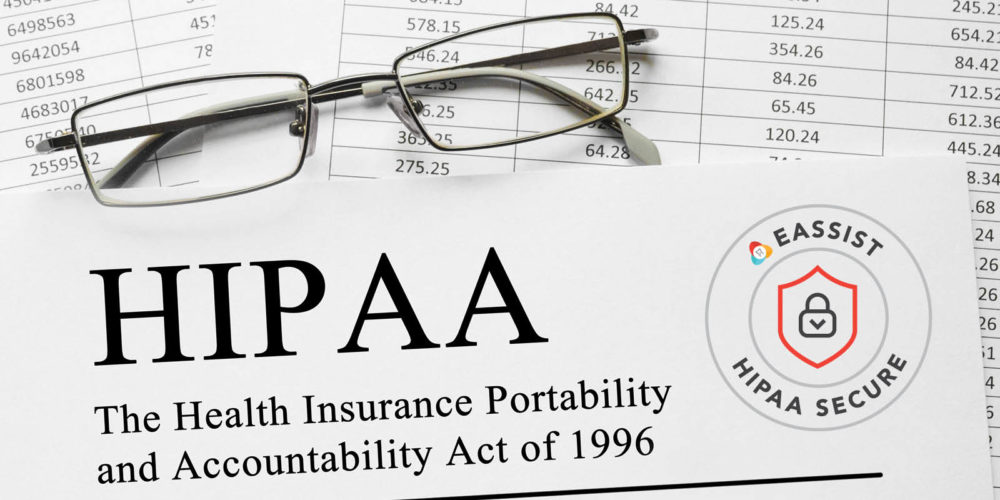Dental Discount and Saving Plans and Dental Insurance
Dental insurance contains conditions that would frustrate some patients. Without insurance, some patients may not go to the dentists. In the dentists’ case, these patients are lost revenue. Dental discount and saving plans could help dentists offer alternative discounts to patients, but they contain their pros and cons.
Dental discount and saving plans could help dentists attract patients. Dentists could create their own saving plans to attract people and entities, such as retirees, self-employed people, uninsured people, and small businesses (Phelps 2016). In order to create an effective discount plan, Jen McGuire, who “leads the marketing of Henry Schein Dental’s Business Solutions,” states, “If you haven’t balanced your fees in the last two years, start there. After your fees reflect your desired position in the marketplace, you should determine an appropriate plan fee. Most plans have discounts of roughly 15% to provide an incentive for patients to join but allow the practice to maintain a profit that is significantly higher than what can be obtained from most preferred provider organization (PPO) contracts” (2014). Insurance companies may play a part in the dentists’ discount plans’ fees since “[a] common insurance clause requires you to accept the lower amount between the stated fee schedule and your published fees” (McGuire 2014). Clinics could gain equal or higher revenue with their savings plan than with “procedures on in-network insured patients” (Phelps 2016).
Dental discount and saving plans may benefit patients, but they have caveats. Patients may have cheaper yearly payments than the insurances plans’ monthly premiums (“Dental Insurance vs. Dental Discount Plans Comparison Chart”). Patients could also use insurance and discount plans if the “dentist is in both networks and willing to accept both forms of payment…” (“Dental Insurance vs. Dental Discount Plans Comparison Chart”). For instance, if the patients’ insurance policies’ annual maximum ran out, then their savings plans could provide them discounts on their procedures (“Dental Insurance vs. Dental Discount Plans Comparison Chart”). Albeit, while dental discount plans typically contain no waiting periods, they usually do not “cover more than half of [the patients’] procedure or visit cost” (“Dental Insurance vs. Dental Discount Plans Comparison Chart”). Unlike dental discount plans, “many insurance plans cover 100% of dental visits and procedures (up to a stated maximum, and after [the patient’s] deductible if there is one)” (“Dental Insurance vs. Dental Discount Plans Comparison Chart”). Although patients receive discounts on “expensive procedures” with a discount plan, patients are still responsible for a hefty out-of-pocket payment (“Dental Insurance vs. Dental Discount Plans Comparison Chart”). Assuming that the dentist is in the patients’ insurance network, “[patients] will likely pay less for coverage with dental insurance over a discount dental plan” (“Dental Insurance vs. Dental Discount Plans Comparison Chart”).
Depending on the patients’ financial situation and preferences, dental discount plans could help them manage their expenses and get discounts on procedures.


0 Comments